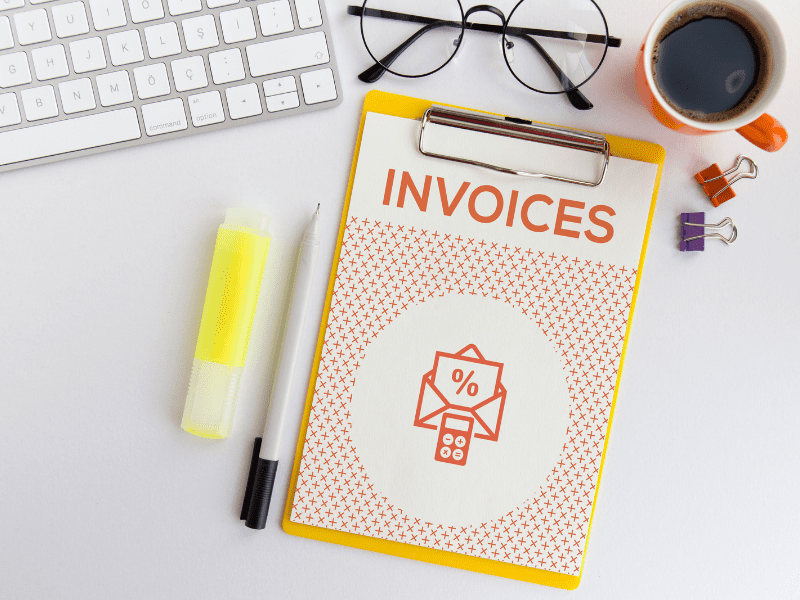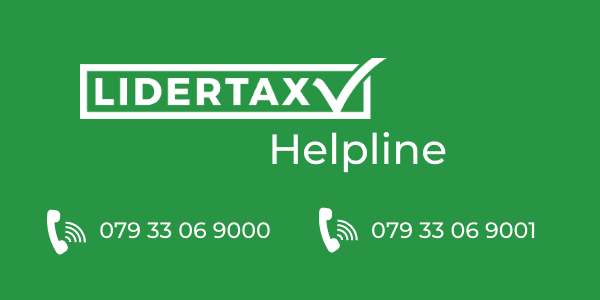
When you think of invoices, what comes to mind? Probably terms like prices and dates. But what are the other details that are included in an invoice?
In this blog post, we’ll explore all the basics of invoices, including what they are, what they involve and their functions. By understanding these basics, you’ll be able to keep track of your finances better.
What is an invoice?
An invoice is a document that outlines the terms of an agreement between two parties. It’s a crucial document in business, as it helps to keep track of finances and ensure that all agreements are upheld.
When preparing invoices, it’s essential to be clear and concise. This way, your customers can understand everything involved and the terms of the agreement. Keeping track of your expenses is crucial, so invoicing is an excellent way to stay organized!
What’s Included in an Invoice
E-commerce business owners know the importance of invoicing. It’s a way to track your sales and expenses and ensure you get a fair deal from your buyers.
An invoice typically includes information like the buyer’s name, contact information, purchase date, and total cost of goods sold. In addition, it may list any applicable taxes or fees. Let’s breakdown the anatomy of an invoice below:
The Must to Haves:
As per the UK government’s rules, these are the things that should be included in an invoice:
- Invoice Number: It’s a unique string of numbers that are unique to each invoice for identification.
- Company Name and Address: The registered name of the organization and its address are mentioned.
- Company Name and Address of Customer: It’s standard for all invoices to mention the customer’s name and address, except for simplified VAT invoices. Customers can claim back any VAT charged through these details.
- Goods/Services: The description of the items purchased is clearly mentioned, along with weight, quantity and other relevant details.
- Invoice Date: The date of invoice generation.
- Supply Date: The date when the goods or services were delivered to the customer. This can be different from the invoice date but is typically under 30 days, also called Net 30.
- Individual Amount: This indicates the amounts charged for each item mentioned on the invoice.
- Total Amount: The sum amount of all the items on the invoice
The Good to Haves:
These are not mandatory to add but can be beneficial in the long run:
- Terms of Payment: The terms and conditions of your payment, like the amount, date of payment, length of time, etc.
- Purchase Order No: If you get a purchase order number, aka PO from the customer, you should clearly add this to the invoice. You can also ask the customer for the purchase order number to make the invoice more legally sound.
- Payment Methods: This is where you add details on how the customer will pay the invoice, like via bank account, along with its details, codes and numbers. International customers will get IBAN/SWIFT/BIC numbers.
Types of invoices
It’s vital to understand the different types of invoices so you can prepare appropriate invoices for each transaction. There are three main types of invoices:
- Purchase Invoice: Received by the buyer.
- Sales Invoice: Same as purchase invoice but is kept by the seller, so it’s called sales invoice from the seller’s end.
- Tax Invoice: Sent by tax registered organizations. They also include VAT amounts.
- Past Due Invoice: If the payment is not made on the decided date, then this invoice is sent to the buyer.
- Interim Invoice: Used for goods or services that are offered over a long period. So these invoices break down the large project’s cost into smaller chunks of payments made over the course.
- Recurring Invoice: These are sent after for the same amount being charged on monthly, annually, quarterly or other periods like for a monthly subscription for which the invoice will be sent monthly.
- Final Invoice: This is the last invoice issued to the buyer when a long-term project ends. It may include some adjusted amounts that were over or underpaid in previous interim invoices.
- Pro Forma Invoice: This invoice is typically issued for costs that the buyer will incur, for instance, for calculating shipment or customs costs. However, it’s not a legal document for the purchase.
- Commercial Invoice: This is the legal type of pro forma and is used when the transaction is official. The good’s price or other terms cannot be changed until this invoice expires.
- Credit Note or Memo: This is issued if the goods are returned, or the buyer is overcharged.
Functions of invoices
Maintaining records
An invoice is a record of what was purchased and when it was purchased. It should be filed in the correct folder – business records or accounting records, depending on the type of purchase made.
This will help keep track of payments, invoices, and other transactions related to business dealings.
Payment tracking
Invoicing helps keep financial records accurate, track payments received and unpaid, and provide due date information for payment reminders.
This way, you can manage your cash flow better and avoid any unpleasant surprises down the line.
Legal protection
When businesses enter into a contract, an invoice is often issued as proof of the terms of that agreement. It also serves as a legal transaction record, allowing both parties to track payments and resolve any disputes in the future easily.
To avoid any problems, issues or confusion down the line, it is always advisable to keep copies of all invoices – not just those about current business dealings. Doing so will make tracking payments and resolving disputes much easier should they arise.
Easy tax filing
Tax filing can be a hassle, but it’s definitely not impossible with the right tools and strategies at your disposal. In fact, using invoices to calculate taxes and claim reimbursements is one of the simplest and easiest ways to go about things.
If you are a businessman, tracking expenses and invoices are essential to get accurate tax breaks. This can help you reduce the burden of taxation on your profits overall.
Business Analytics
Business analytics is the process of analyzing data collected from business operations to improve decision-making. By understanding your business’ performance, you can make informed decisions that will help sustain and grow your company.
One of the most essential business analytics aspects is invoicing. This tool helps keep track of spending and budgeting for the year and identify which expenses are essential for your business. If invoicing is done correctly, it should also generate reports that can be quickly analyzed and used to improve future planning.
What’s Included in Sole Trader Invoice vs Limited Company Invoice
Sole Trader Invoices: Your invoice must include:
- Your name and the name of the business
- An active address where you can receive legal documents
Limited Company Invoices: Your invoice must include:
- The full name of your company, the exact way it is mentioned on the incorporation certificate
- If you put names of directors as well, you need to include all directors
What’s a VAT Invoice?
If you are registered for VAT, you issue this invoice. You need to add more information to VAT invoices compared to non-VAT ones. The three types of VAT invoices include:
- Full Version: For all amounts and supplies
- Simplified: For retail supplies and all supplies under £250
- Modified: For retail supplies over £250
The VAT invoices typically include the following beside the general items that are included in the invoice:
- VAT rate
- VAT amount
- The total amount of supplies for both excluding and including VAT
- VAT for each item on the invoice
- Company’s VAT number
- The VAT rate for exempt items should be marked
- Different VATs for different items should be mentioned
When it is Not Necessary to Issue an Invoice?
For business to consumer sales like in retail stores or malls, there is no need to issue an invoice. A receipt from your store would work just fine. However, if a customer specifically asks for an invoice then you can issue one. Or if something different needs to be done at the time of transaction like partial payments, then it also makes sense to issue an invoice.
Parting Words
From keeping track of expenses to balancing them with income, being proficient at invoicing can help increase your business efficiency and accountability significantly. So if you’re not already using them, make sure to start sending them out to your customers from today!




